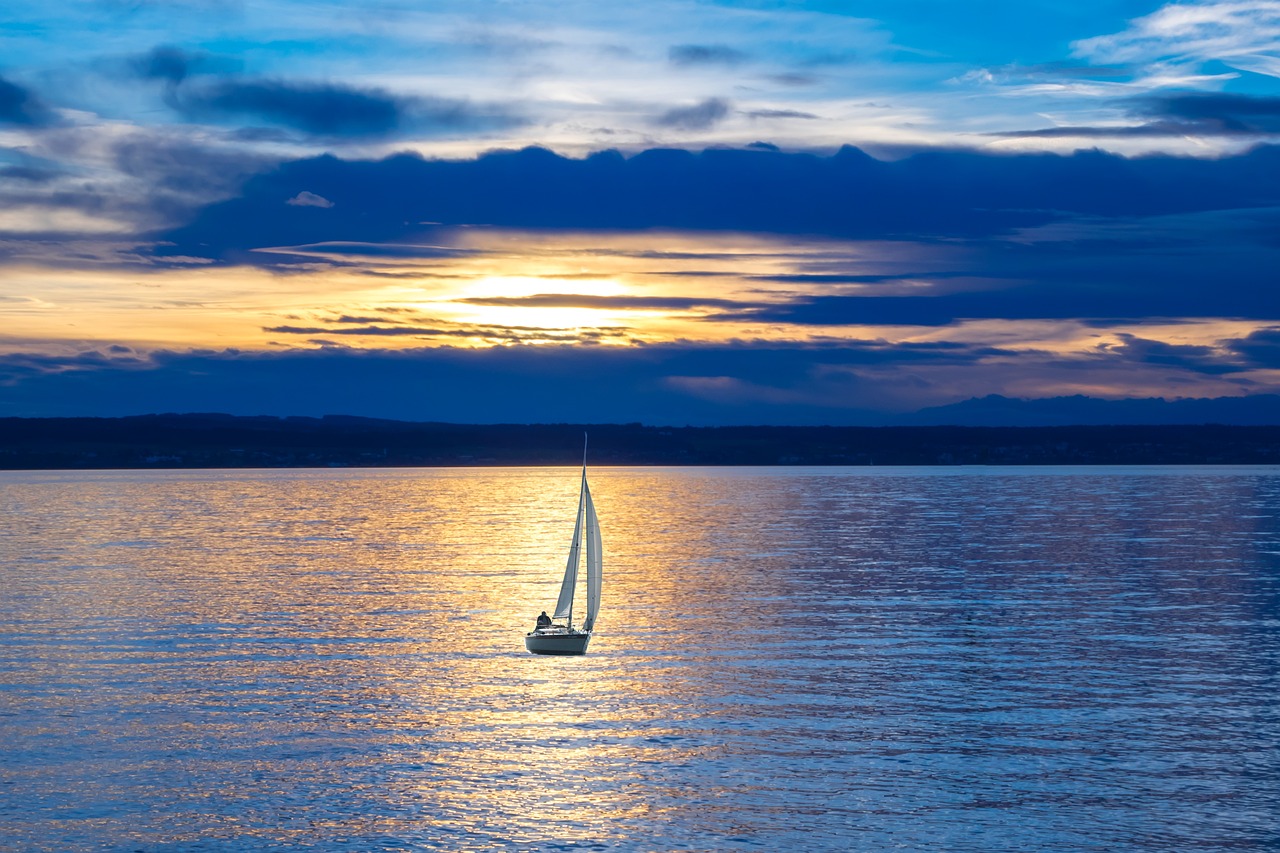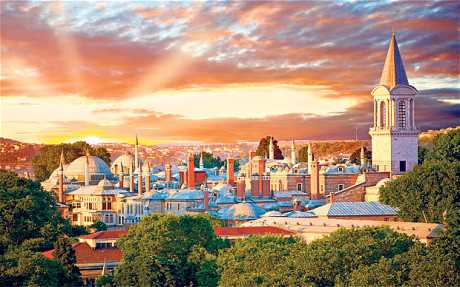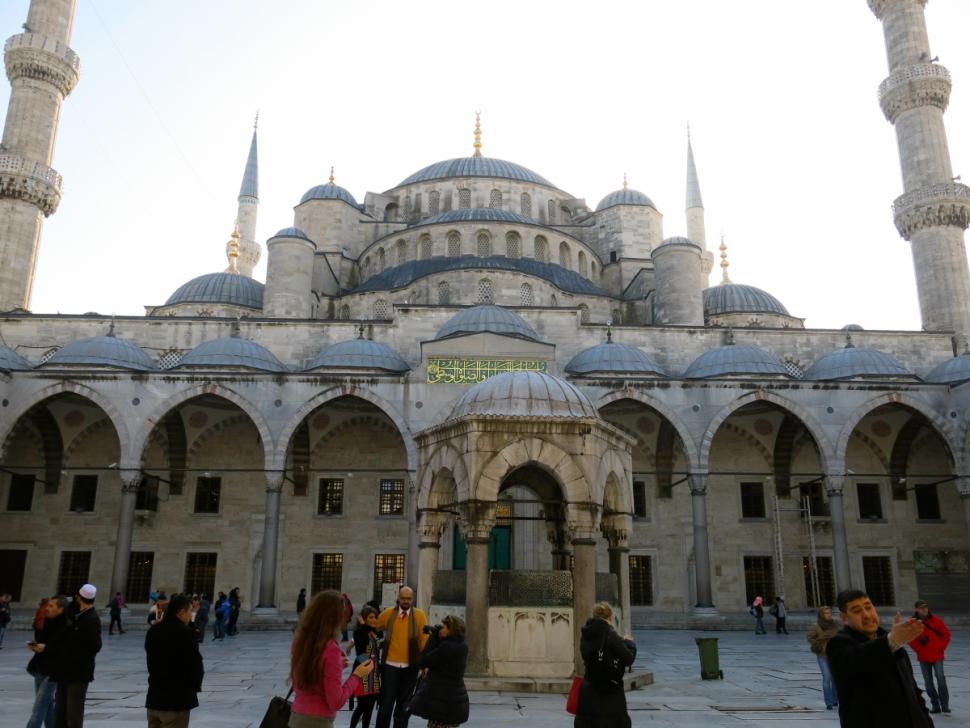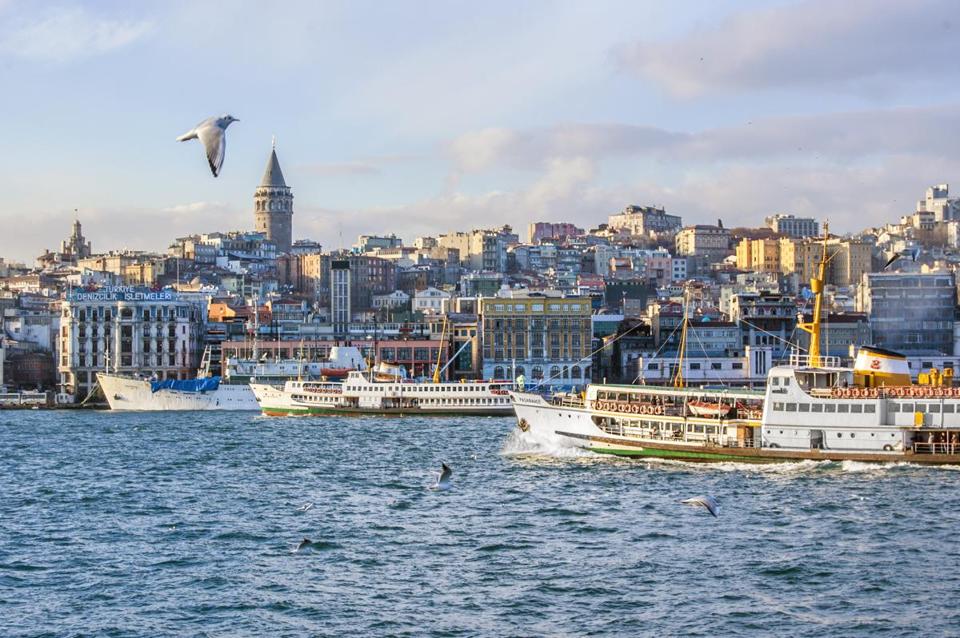ISTANBUL’S thumb-shaped landmass known as the “historical peninsula” offers magnificent Byzantine and Ottoman architecture, from the Hagia Sophia and Blue Mosque to centuries-old bazaars and the sprawling Topkapi Palace. With Turkish Airlines launching the first-ever nonstop Boston-Istanbul flights this week, these myriad attractions are closer than ever.
But there’s much more to Turkey’s largest metropolis than Sultanahmet and the Old City. These days, the rapidly developing area along the Bosporus between Besiktas and Karakoy, just north of the Golden Horn, offers a bit of almost everything the city’s more touristed districts are known for — history and museums, but also dining, shopping, and accommodations — along with a welcome infusion of artistic and cosmopolitan flair.
It wasn’t always like this. Seven years ago, when I moved to Istanbul, there were just two significant attractions along the lower Bosporus waterfront. Dolmabahce Palace, which supplanted Topkapi in 1856 as the last official residence of the sultans, has long drawn throngs of visitors, though the ostentatious decor — colossal mirrors, extravagant rococo interiors, the largest Bohemian crystal chandelier in the world — is not to everyone’s taste.
Not far away, the Istanbul Modern opened a decade ago in a former customs warehouse in Tophane. Though the long, squat, gray building may not look like much from the outside, it’s become Istanbul’s premier art museum, showcasing a permanent collection that charts the development of modern Turkish art and temporary exhibits of internationally known contemporary artists. In its wake, other former warehouses nearby have also been repurposed, including Antrepo 3, which has hosted the Istanbul Biennial and Istanbul Fashion Week.
But it’s Karakoy, just across the picturesque Galata Bridge from the Old City, that has changed most dramatically. When I had an office there several years back, the neighborhood was fairly run-down, bearing few traces of its late-Ottoman heyday as a major port district and banking center. Narrow streets housed a jumble of small-time import-export offices and hole-in-the-wall shops selling nautical equipment, electrical fixtures, and spare parts. Dining options were mainly of the quick-and-cheap-lunch variety, and hotels were virtually unheard of. At night, the area was so dead you wouldn’t have wanted to stay there.
By the time I left Istanbul last year, Karakoy had become a veritable hub of trendy galleries and shops, dining and night life venues, and even places to stay. It’s a typical story of gentrification and, in this case, some of the first stirrings of new life in the neighborhood were culinary.
In 2010, New York-trained Turkish chef Didem Senol opened Lokanta Maya next door to a decade-old restaurant Karakoy Lokantasi, whose popularity had recently soared after an expansion and sophisticated makeover by prominent Istanbul design firm Autoban. Senol’s restaurant, which offers a daily-changing menu of seasonal, often locavore, Turkish specialties, has since been heralded as a pioneer of “nouvelle Turkish cuisine,” and rightly so. On my first visit, I swooned over a starter of warm goat cheese with caramelized onions and almonds, followed by an entree of sea bass with stewed apricots. The atmosphere — warm woods and lighting, walls lined with corks or bookshelves, a blackboard listing the day’s dishes — feels smart and inviting.
Senol never expected her restaurant would have such an impact on the neighborhood. “I really loved the atmosphere and the old buildings [in Karakoy], but I never imagined it would be like this in a few years’ time. I really just thought people would come for the good food,” she told me recently.
Other dining venues followed, as did cozy cafes – such as Bej, Karabatak, and Ops – that have become popular hangout spots at all times of day. Galleries and art spaces, including Istanbul’74, which organizes exhibitions, festivals, and other happenings, and artSumer, showcasing work by up-and-coming Turkish artists, have also taken root. Elegant old buildings are being restored and turned into boutique hotels, like the newly opened Vault Karakoy.
Karakoy’s shops also exude cool, with none of the carpets or touristy trinkets that are ubiquitous in Sultanahmet; instead, the focus is on design items. First on the scene was Kagithane (“House of Paper”), opened by graphic designer Emine Tuvasul in a restored mid-19th-century arcade known as the Fransiz Gecidi, or French Passageway. The creative merchandise line includes gift cards, bookmarks, calendars, jewelry, and accessories, many of which make playful reference to Istanbul life.
Atolye 11, located beneath a former church bell tower, carries attractive home furnishings and jewelry with a Turkish touch; think silk pillows with traditional Anatolian designs. On a formerly unremarkable backstreet, jewelry designer Selda Okutan’s studio-gallery showcases her intricate pieces that each tell a story, as well as work by other local jewelry and accessories designers.
One of the most stunning “new” venues in the area is actually more than four centuries old. The Kilic Ali Pasa Hamami, a Turkish bath built in 1583 as part of a mosque complex that was one of the last major works of the master Ottoman architect Sinan, reopened in 2012 after a seven-year restoration. While the gleaming new marble and woodwork don’t provide quite the same historical feel as some hammams in the Old City (several of which have been in continuous operation for centuries), the luxurious spa-style pampering is top-notch.
Just up from Dolmabahce Palace, in the Besiktas neighborhood, is a testament to Ottoman grandeur of a different kind. The Naval Museum brings to life the often-overlooked history of the empire as a maritime powerhouse that at its height not only controlled the Bosporus but also possessed the world’s third-largest navy, overtaking Venice to dominate the Eastern Mediterranean. The waterfront museum reopened late last year with a hangar-like new wing that is Turkey’s largest purpose-built museum space.
One can’t fail to be impressed by the watercraft and maritime paraphernalia on display, including a 17th-century Ottoman kadirga, or galley, that’s the oldest surviving example in the world. But I was most captivated by the elegant kayiks (caiques): long, slender Turkish boats, decorated with intricate carvings, painted designs, and gilded eagle figurines, that for centuries were the main form of royal transport in Istanbul. Atop the caiques, elaborately decorated, curtained mini-pavilions shielded the sultan and his entourage from prying eyes as they glided through the water.
Curious why the mannequins of the rowers faced the sultan’s kiosk rather than the front of the boat, I queried Zisan Ozkan Aydincak, the museum representative who showed me around. The rowers faced the sultan out of respect, she explained. “But they looked down at the floor; it was forbidden for them to look at the sultan or the members of his harem.” The Ottoman sultan, after all, was considered God’s shadow on earth.
To one side of the museum is a plaza featuring a statue and the humble tomb (usually locked) of Hayreddin Barbarossa Pasha, admiral of the fleet during the glory days of the Ottoman navy in the 16th century. To the other side is the upscale Shangri-La Bosphorus hotel, which opened just a few months before the Naval Museum’s new wing, on the site of an erstwhile tobacco warehouse. (Sensing a theme here?)
On a warm night last August, during a visit back to the city, I stepped out of my luxurious but rather muted Shangri-La room overlooking the water, made my way through the hotel’s glittering lobby, with its gold-trimmed furniture and two-story crystal chandelier, and strolled alongside the busy Besiktas quay, a major departure point for ferries crossing the Bosporus.
The area was aswarm with passengers, vendors hawking grilled corn on the cob, all going about their business amid street cats and dogs, pigeons and seagulls. It was an exhilarating juxtaposition with the serenity of the hotel, and a welcome reminder that, however much neighborhoods are reinvented and the “next big thing” replaces the old, Istanbul is a city alive with a vibrant energy of its own that never changes.
Vanessa H. Larson








